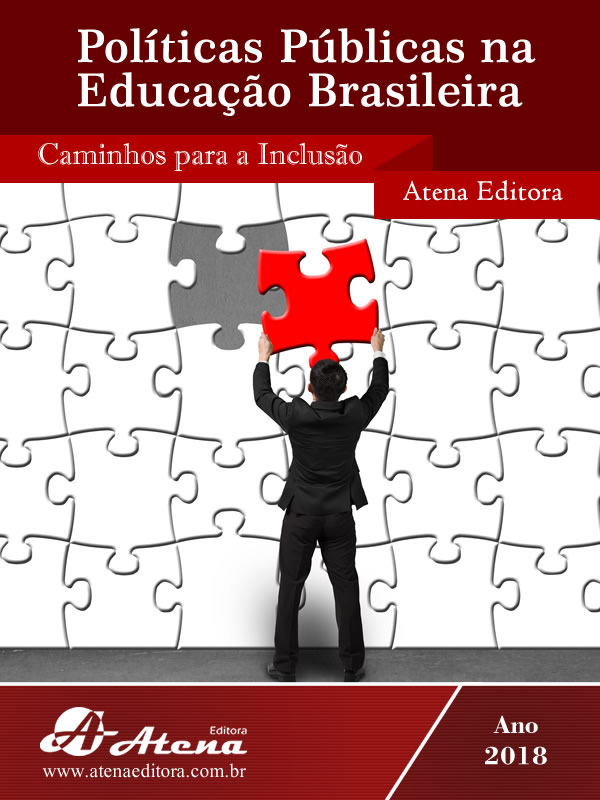
INCLUSÃO ESCOLAR DE DEFICIENTES FÍSICOS: ESTUDO DE CASO DE PESSOAS COM OSTEOGÊNESE IMPERFEITA.
As limitações motoras de deficientes físicos decorrente da osteogênese
imperfeita, doença crônica rara, caraterizada por fraturas frequentes dos ossos
muitas vezes espontâneas, comprometendo a mobilidade e a autonomia das
pessoas, não podem ser um empecilho para o pleno desenvolvimento de capacidade
de aprendizagem. Para Silva (2006), a escola não pode mais conceber que o medo
pelo desconhecimento em não saber lidar com alunos deficientes físicos seja um
discurso da contemporaneidade, isso é uma concepção ultrapassada e inaceitável,
principalmente porque existem os dispositivos legais para garantir que estas
pessoas tenham acesso à educação de qualidade. Além disso, Silva (1987) ressalta
que não é pela inexistência de informações precisas que o problema deva ser
ignorado e que na realidade o que existe é um sentimento camuflado de rejeição
contra tudo o que é diferente e que incomoda. Rejeita-se, afasta-se do convívio de
um lado, mas procura-se também, de outro, manter algumas organizações que se
dedicam ao problema sob os mais variados pretextos. Este Trabalho, trata-se de uma
pesquisa de abordagem qualitativa utilizando-se de um estudo exploratório, cujos
dados foram coletados a partir de entrevista com a família de pessoas com
osteogênese imperfeita e com os próprios deficientes. Abordou-se a trajetória vivida
por deficientes físicos até chegar ao processo de inclusão escolar. Para embasar
essa pesquisa, fez-se uso de um referencial bibliográfico de autores que apresentam
subsídios para essa discussão e da própria legislação educacional brasileira.
INCLUSÃO ESCOLAR DE DEFICIENTES FÍSICOS: ESTUDO DE CASO DE PESSOAS COM OSTEOGÊNESE IMPERFEITA.
-
DOI: Atena
-
Palavras-chave: Educação Especial. Osteogênese imperfeita. Exclusão Escolar.
-
Keywords: Special Education. Osteogenesis imperfecta. School Exclusion.
-
Abstract:
The motor limitations of physically handicapped persons due to imperfect
osteogenesis, a rare chronic disease, characterized by frequent fractures of bones
that are often spontaneous, compromising the mobility and autonomy of the people,
cannot be a hindrance to the full development of learning capacity. For Silva (2006),
the school can no longer conceive that the fear of not knowing how to deal with
disabled students is a discourse of contemporaneity, this is an outdated and
unacceptable conception, mainly because there are legal devices to ensure that
these people have access to quality education. In addition, Silva (1987) points out
that it is not because of the lack of precise information that the problem should be
ignored and that in reality what exists is a camouflaged feeling of rejection against
everything that is different and uncomfortable. It rejects itself, it withdraws from the
conviviality on the one hand, but on the other, it also seeks to maintain some
organizations that deal with the problem under the most varied pretexts. This study
is a qualitative research using an exploratory study, whose data were collected from
an interview with the family of people with osteogenesis imperfecta and with the
disabled themselves. The trajectory experienced by physically handicapped people
was approached until reaching the process of school inclusion. To support this
research, we used a bibliographical reference of authors that present subsidies for
this discussion and of the Brazilian educational legislation itself.
-
Número de páginas: 15
- Núbia Xavier da Silva
- Carla Estefani Batista
- Oberdan José Teixeira Chaves
- Agerdânio Andrade de Souza


